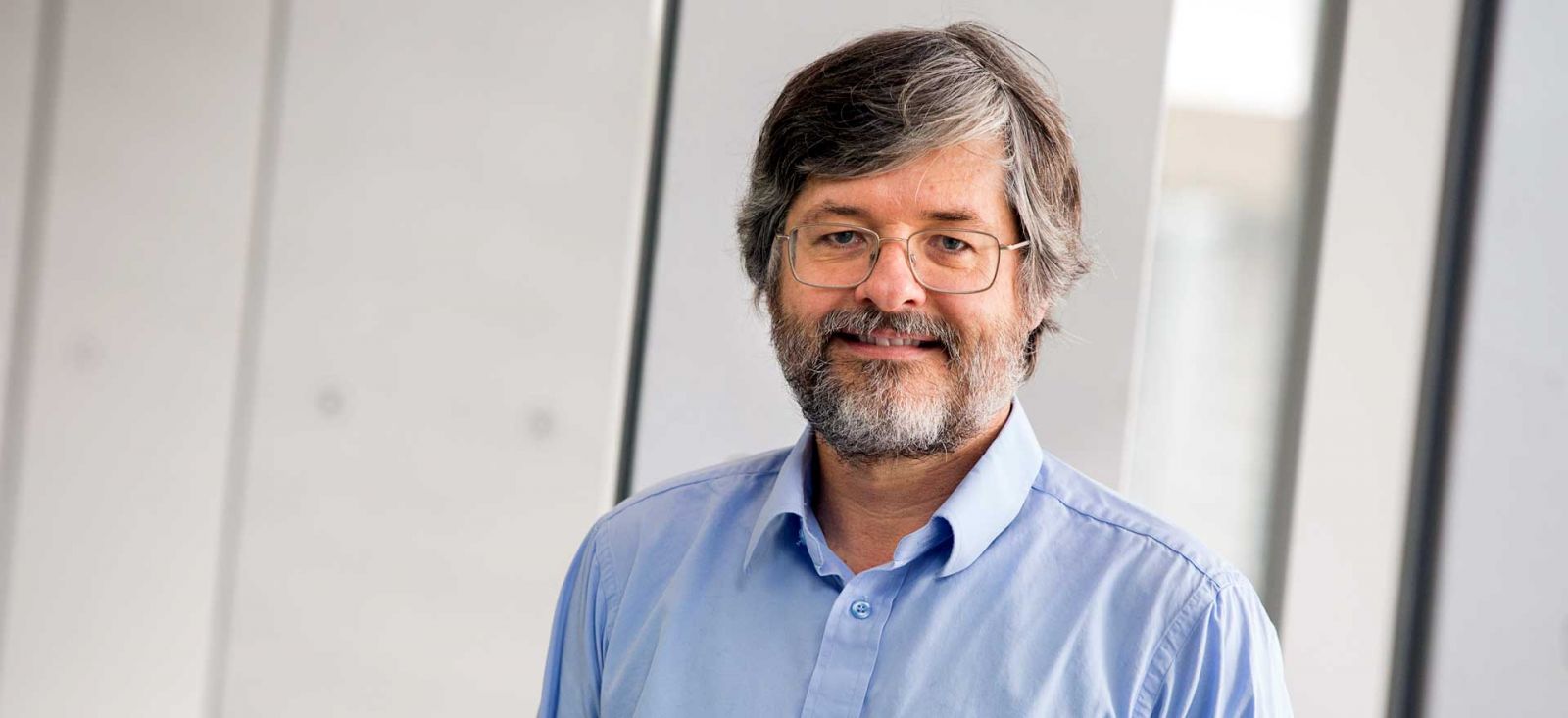Director's Blog - 9 February 2018 - Packages of possibility

Christmas has passed and the New Year has commenced. Grant-writing season is in full swing and we’ve almost forgotten those rainforest walks and the smell of the ocean. Then, a tardy package arrives in the mail and for short while, we recall the joy of unpacking presents. Presents can spark excitement of anticipation, curiosity and new possibilities and opportunities, to try new things, take on new challenges. They set our imaginations alight with possibilities.
Some large packages arrived at the Bio21 loading bay over the New Year, one of them being a new Mass Spectrometer – the ‘Waters Vion LC/MS system’. This machine will replace our old Agilent TOF instrument for intact protein analysis.
Nick Williamson, who manages the Mass Spectrometry and Proteomics Facility says: “It will do everything better than the old instrument plus it also offers Ion Mobility Separation (separation by shape). The instrument can measure the mass and shape simultaneously. As an example a refolded protein may have two different structures. They will have exactly the same mass but not the same shape. This instrument can distinguish the difference whereas a regular mass spec would not.” It’s yet to be unpacked and placed in the new building.
If you want to know more there is a seminar to introduce this new instrument next 11:00am -12:30pm, Tuesday, 30 January 2018 in the Bio21 auditorium: ‘Seminar Introducing the Waters Vion; The New Mass Spectrometer in MSPF for intact protein work.’
Progress in science can often feel slow, as we labour over experiments and write grants and submit our papers. Then a technology comes along that simplifies and accelerates a process, or provides increased levels of detail, or data, previously not possible.
Leann Tilley has been using the Talos Artica, one of two CryoEM (Talos Arctica and Talos L120C) microscopes that arrived at the Institute in August last year. Since their installation in December, Leann has already been obtaining some exciting images:
“The Talos Arctica is allowing us never-before-seen views of the malaria parasite proteasome - an enzyme that functions like a shredder, chewing up excess proteins. Malaria parasites generate a lot of excess proteins as they switch from one life stage to another and are thus very reliant on their proteasome - making it an excellent drug target. I am very excited by our new cryoEM structure generated by Eric Hanssen, Stanley Xie and Mike Griffin, which shows how the catalytic core of the parasite proteasome is regulated by a protein complex that caps the proteasome and opens up the passage to the active site.”
It is one of the key strengths and challenges for Bio21 to remain a cutting-edge research institute, to keep abreast of the changes and to open the new doors of opportunities for discovery.
From its inception, Bio21 was designed and built with this in mind – to house key technologies and to employ highly skilled managers to run ‘platform technology facilities’. Mok, Dee, Nick, Max, Eric, Paul and Thu and David run our Bio21 facilities, support the experimental design, acquire and maintain instruments, whilst educating researchers to use them.
The past year has seen the acquisition of a number of powerful instruments, including a gyrotron for DNP; two CryoEMs and most recently the Waters Vion LC/MS system.
“The one year old 400 MHz DNP-NMR spectrometer has enabled extended solid-state NMR experiments with unsurpassed sensitivity for exciting new applications in biomolecular research, material science, and pharmaceuticals. This technology attracted collaborations with the WEHI, Monash, UNSW, Swinburne, A*Star (Singapore), and ETH Zurich (Switzerland),” says Marc Sani.
Tools are not enough and in the recent times, we have attracted Isabelle Rouiller, as group leader with expertise in CryoEM and Andrew Leis to operate the new CryoEM instruments.
Speaking of technologies, in February, as many of us head back down to the beach for the Lorne conferences - Lorne Proteins, Lorne Cancer, Lorne Genome, Lorne Infection and Immunity – there will be many new technologies on display.
One spectacular technology that is changing our science is CRISPR and Jennifer Doudna, (co-discoverer of CRISPR) and Kevin Esvelt will be attending the Lorne Genome Conference.
If you miss the chance to hear them at Lorne Genome conference, they will be speaking at the Convergence Science Network, Melbourne Convention Centre, 13 February on the topic of the ‘Science and Ethics of Genome Editing.’
Professor Michael Parker
Director, Bio21 Institute

